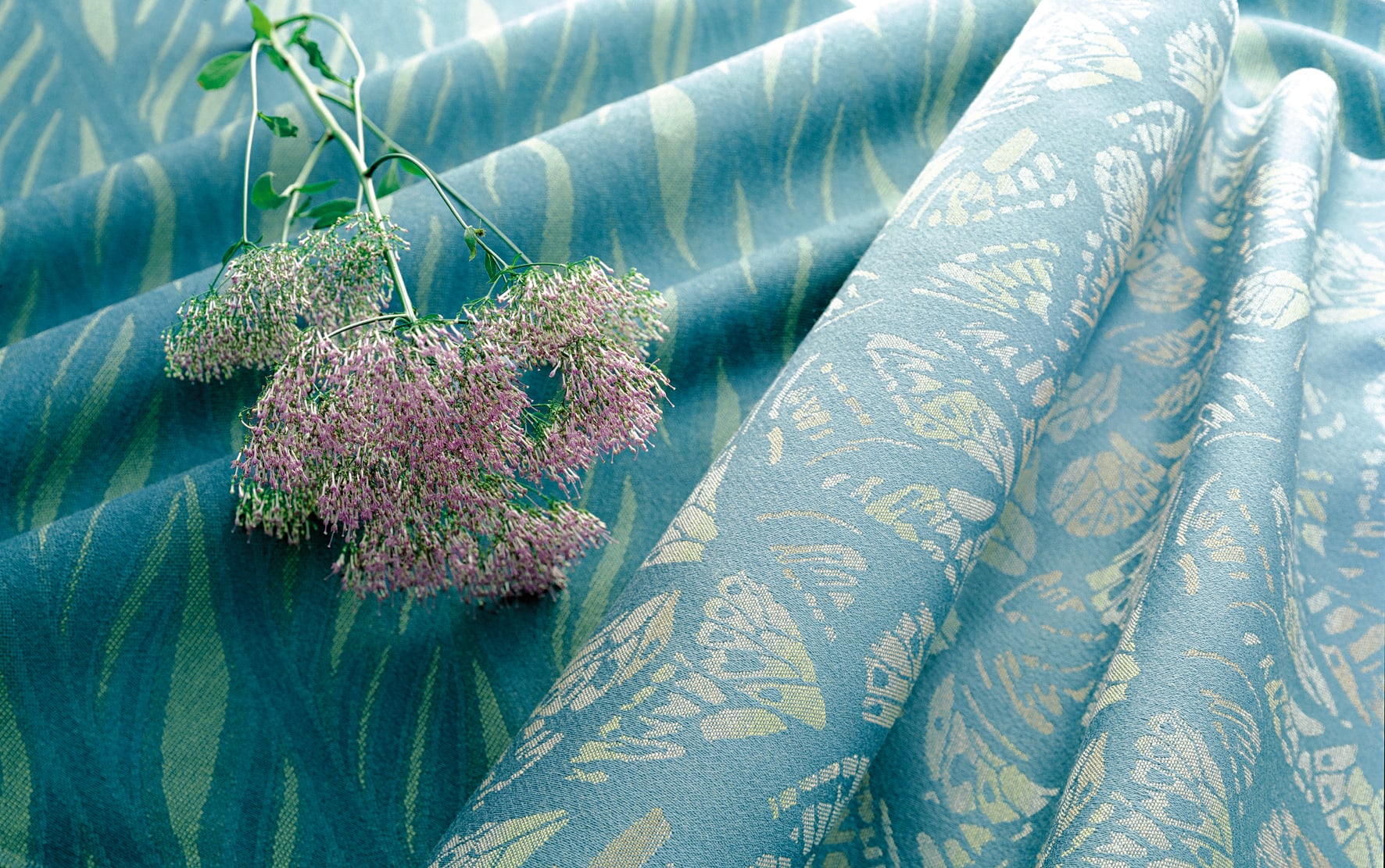Lantal’s Biodegradable Climatex Fabric Garners Attention From Airlines
Share

Lantal’s Climatex Lifeguard FR fabric is receiving attention again recently as airlines become more aware of the importance of incorporating sustainable products in their supply chain.
Lantal’s Climatex Lifeguard FR material, first developed in the early 2000s, is fully biodegradable and meets cradle-to-cradle sustainability standards. While products are sometimes marketed as environmentally friendly because they are free of specific harmful substances, the cradle-to-cradle label requires products and resulting wastes to represent safe nutrients for biological or technical metabolisms.
“The advantage of cradle-to-cradle sustainable fabric is that it is a renewable resource.” – Daniela Grunder Zimmermann, Lantal
The material has had some limited adoption by airlines €” particularly in premium seating. Airlines that have used Lantal’s Climatex materials in their interiors include Thai Airways International, Finnair, Air France, Kuwait Airways Corporation, Air India, Philippine Airlines, and Air Mauritius.
“With the recent sustainability discussion we see increasing demand for our green products. The advantage of cradle-to-cradle sustainable fabric is that it is a renewable resource, and can be brought back to nature,” said Daniela Grunder, director Brand Communication and Product Management at Lantal.
Climatex was designed to ensure that the fibers and textile chemicals will not cause undesirable toxicological or ecotoxicological effects. The fabrics are only treated with biologically recyclable chemicals and contain no substances that are acutely toxic, capable of causing genetic damage or prone to accumulate in the body. Color is achieved through a combination of 16 ecologically safe dye chemicals.
With a high wool content – a naturally flame retardant material – of up to 50%, the fabric meets the Federal Aviation Regulation’s flammability requirements. The 12-second-vertical-burn test (FAR/CS 25.853) verifies that the fabric would not assist in the propagation of a fire in the cabin by allowing the flame to move too quickly or producing fiery remnants that might spread to other surfaces.
The sustainability of a product also depends on raw material sourcing. Climatex is made from renewable resources (virgin wool from New Zealand and beechwood cellulose from Europe). At end of life, the fabric can be shredded and composted at a biogas facility. To recycle a seat cover, airlines would need to remove the components that aren’t recyclable, like the velcro.

Beyond the ecological benefits, the wool and viscose composition of Climatex also offers unique comfort and design features, including a soft surface feel with higher brilliance and a subtle surface sheen. It improves temperature regulation and moisture absorption with controlled evaporation. The fabric is also resistant to pilling, and has a service life of up to three years.
Climatex’s environmental sustainability is confirmed by EPEA (Independent Environmental Organization, Hamburg). The textile has also received a cradle-to-cradle gold certificate from MBDC, an American product and process design firm, founded in 1995 by architect William McDonough and chemist Dr. Michael Braungart, which promotes cradle-to-cradle product design.
To achieve the cradle-to-cradle certification, Lantal ensured the ecological quality of all manufacturing stages for the fabric, including the production conditions of the resources for the fiber/raw materials that are used in the fabric’s composition and monitoring the characteristics of the wastewater generated along the manufacturing.


